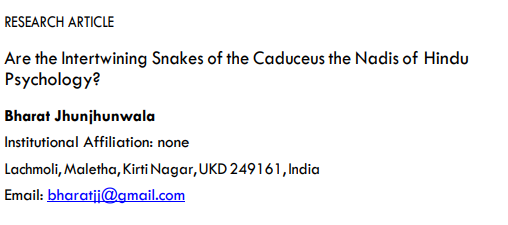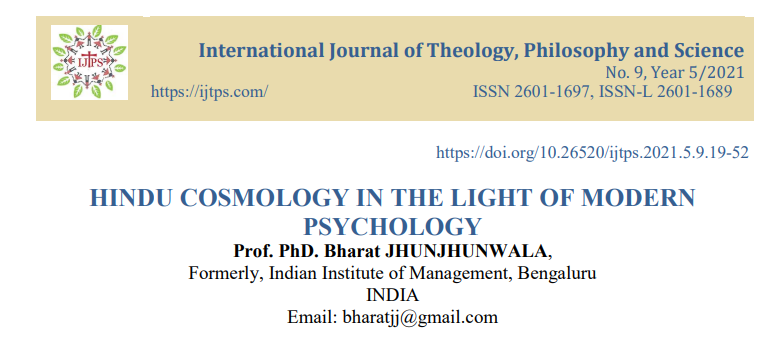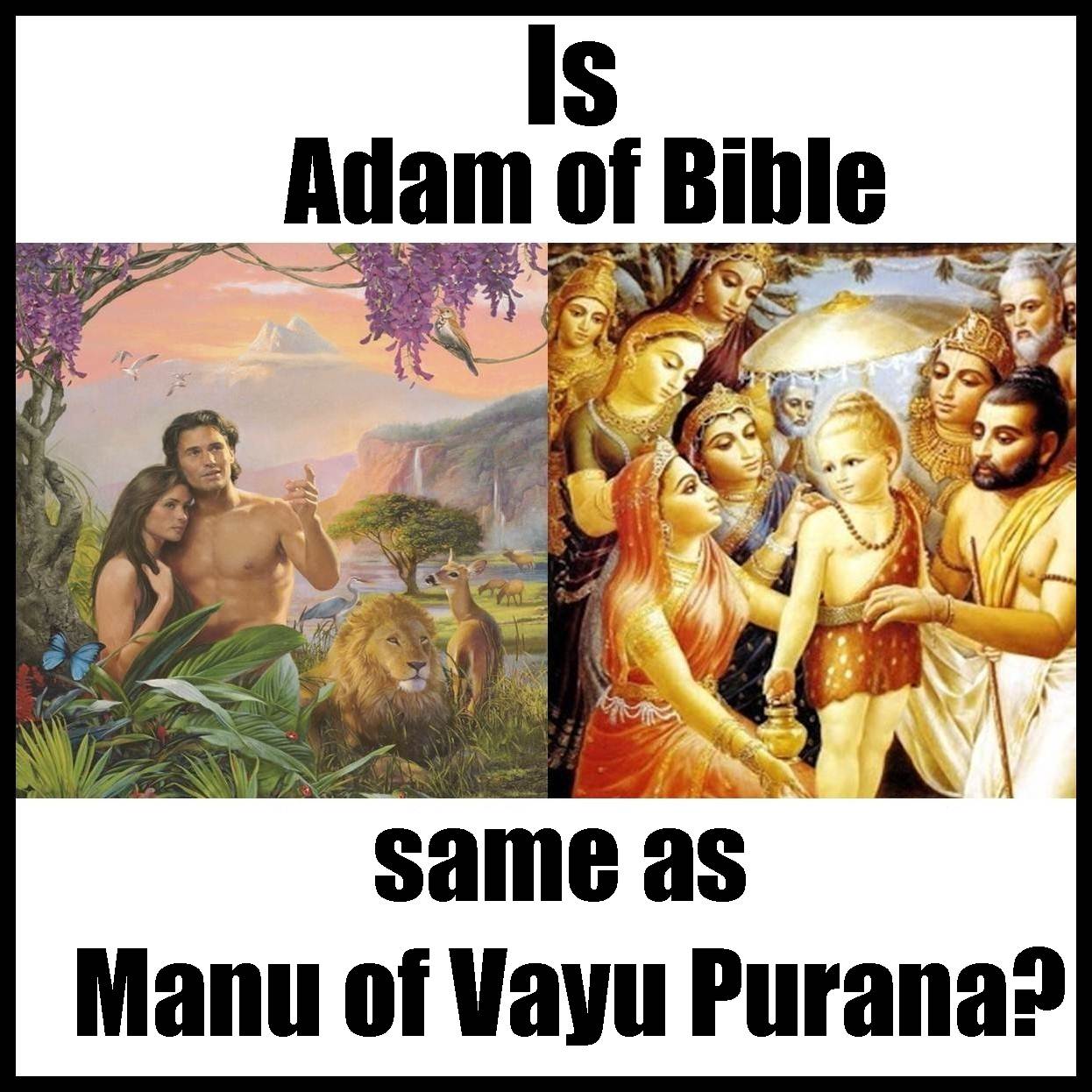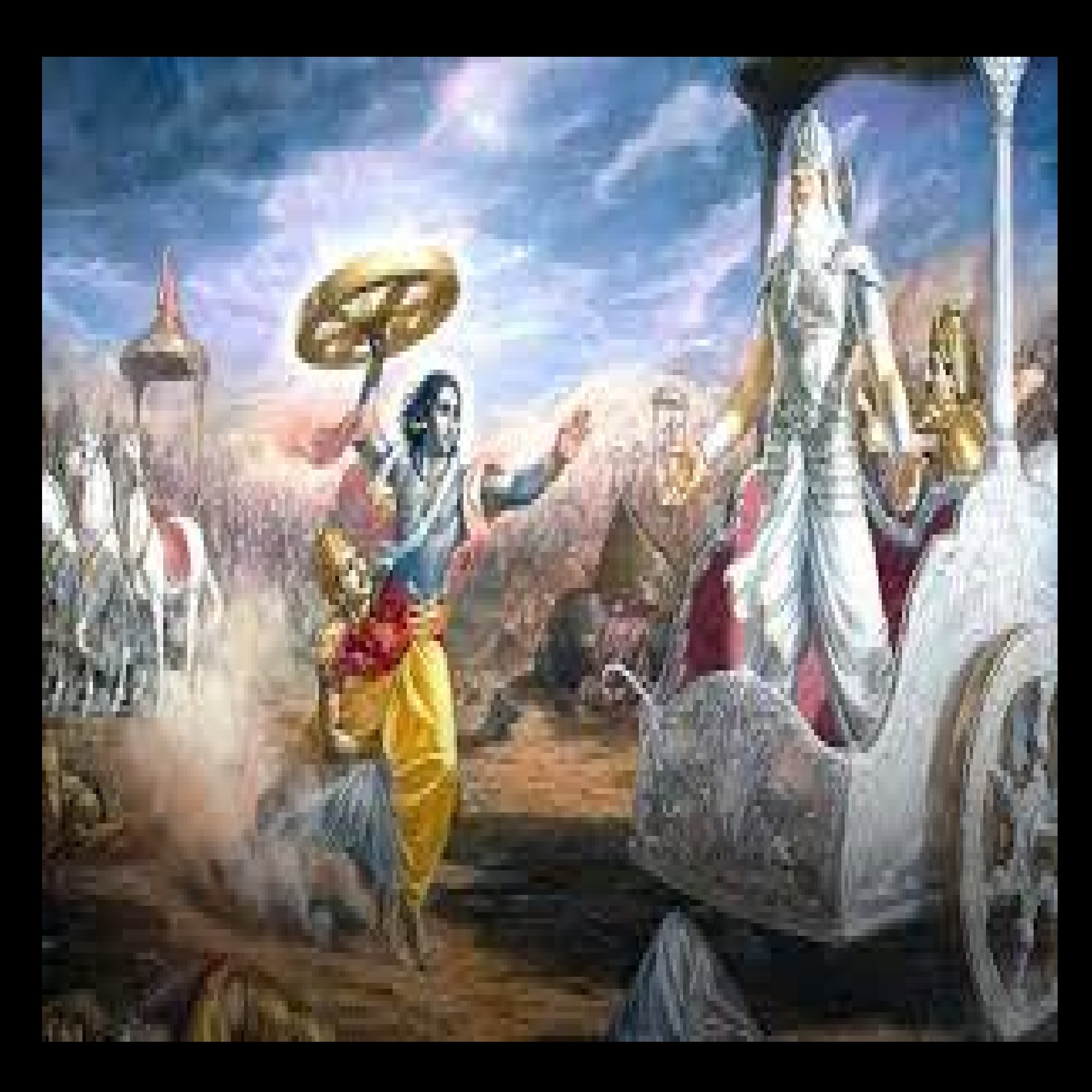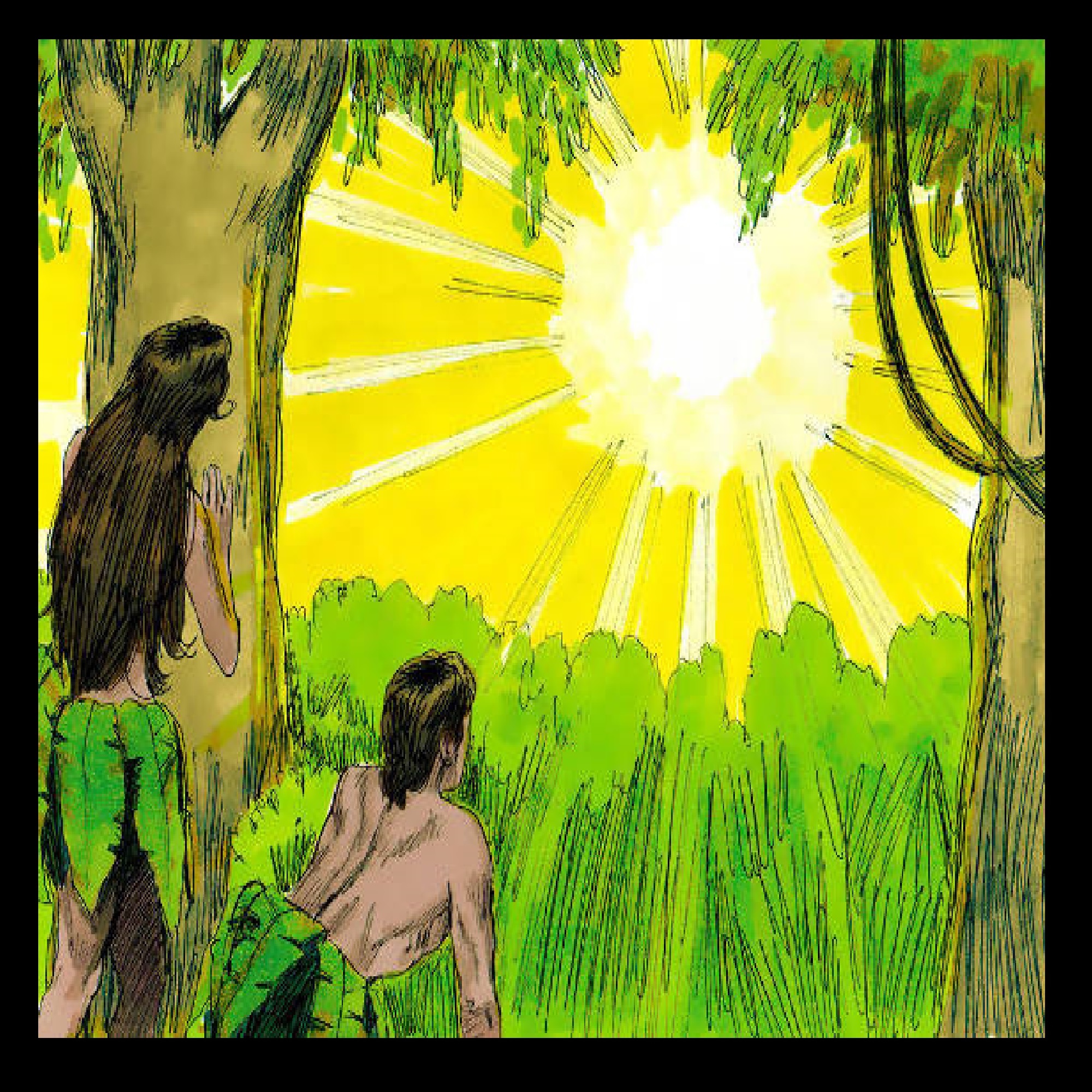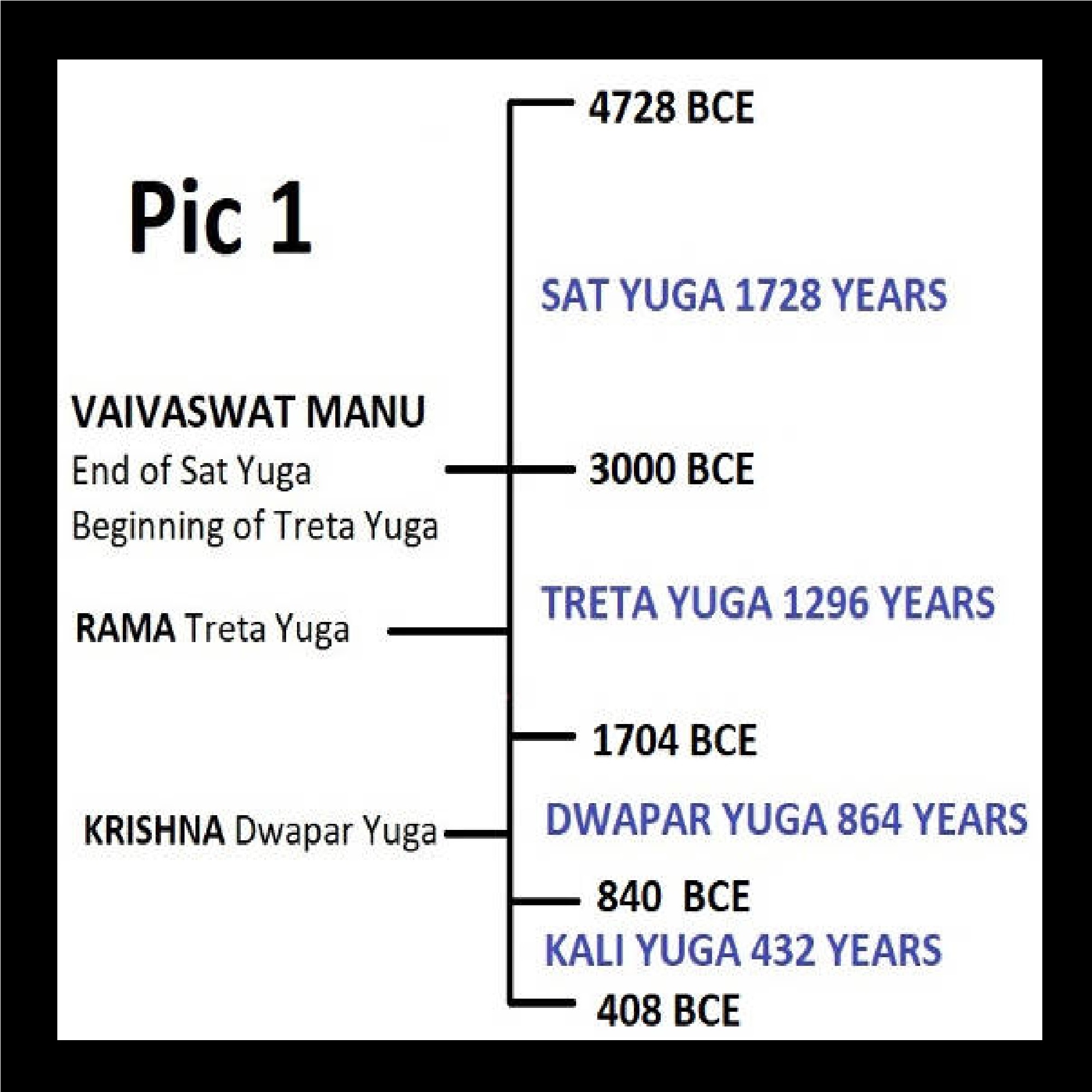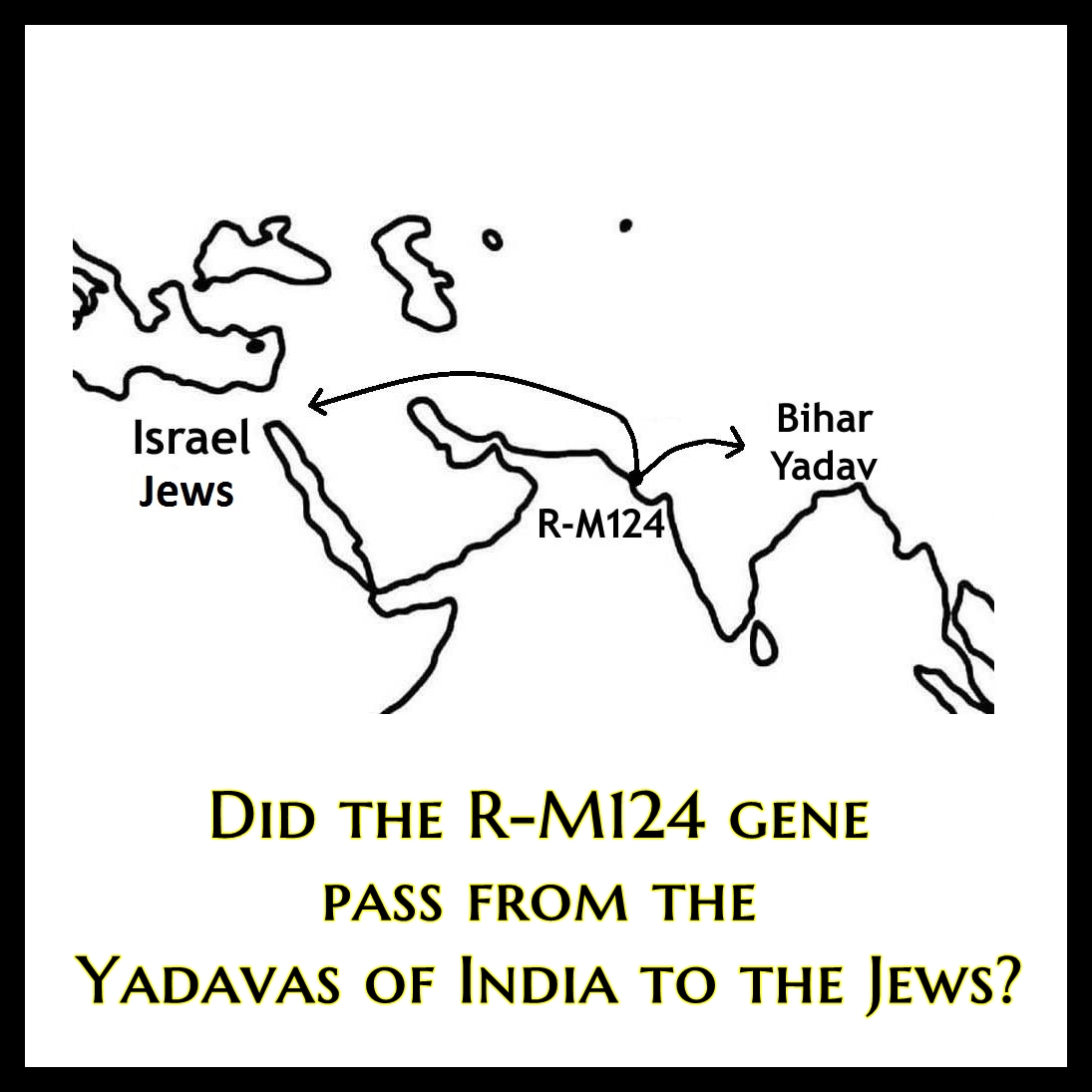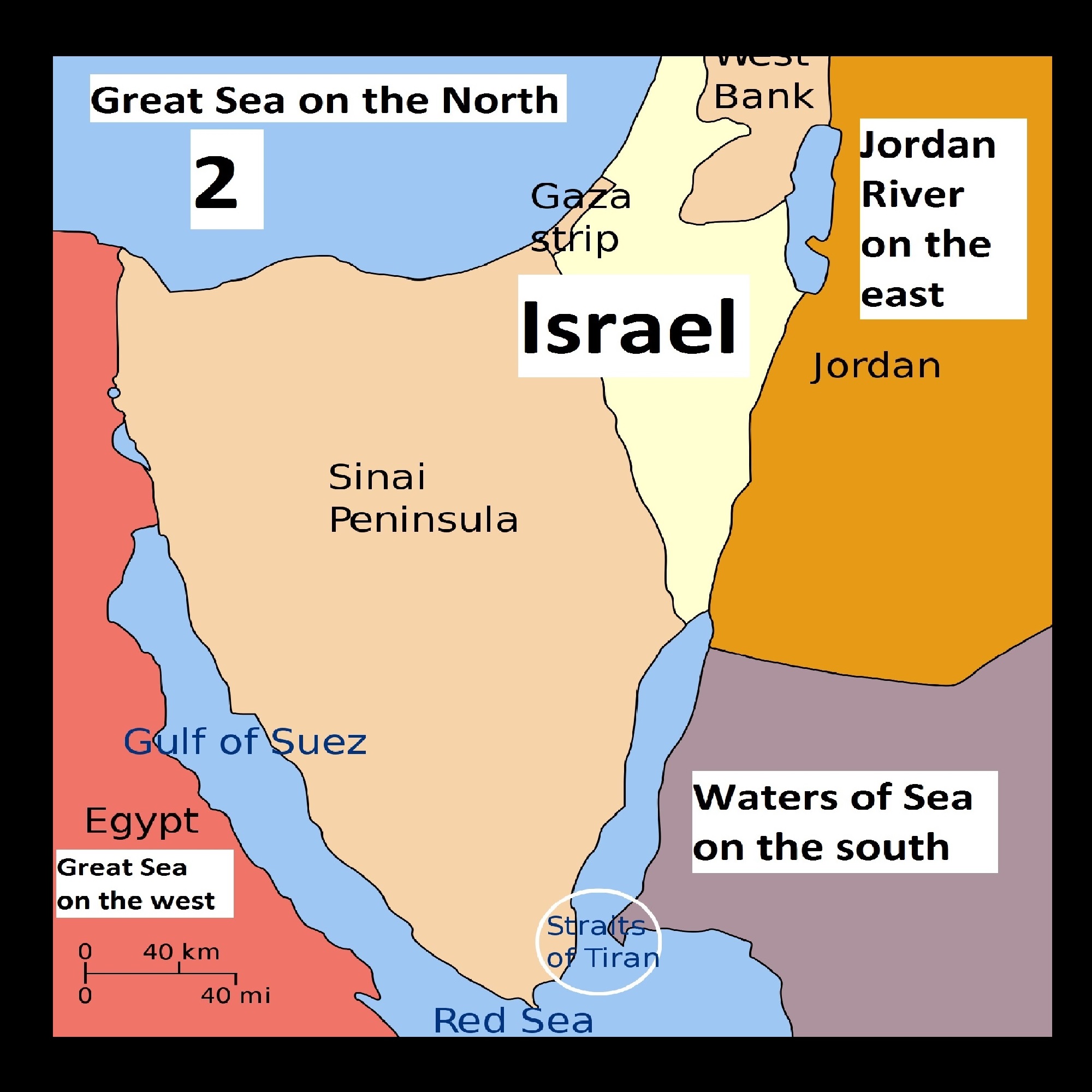Beginning of the Kali Yuga | Aryabhata | Conjunctions:
The most popularly accepted date for the Mahabharata War is around 3100 BCE. The core argument for placing the War at this time is the beginning of the Kali Yuga. Aryabhata states…. that 3600 years of Kali Yuga had elapsed when he composed the Aryabhatiyam in 499 CE. The year of beginning of Kali Yuga thus is worked out to 3102 BCE. However, Aryabhata defined the beginning of the Kali Yuga based on the assumption of a grand conjunction of the Sun, Moon and five planets at the initial point of Mesa (Aires). According to Shri Ashok K Bhatnagar, Additional Director General of Meteorology (Retired), Positional Astronomy Center, India Meteorological Department, Kolkata such a conjunction did not occur.[i] Therefore, the date of 3102 BCE for the beginning of the Kali Yuga does not hold.
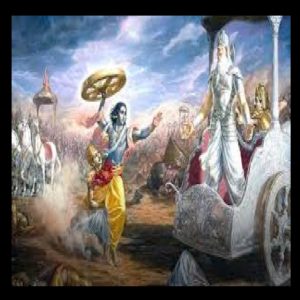
Ambiguities in Astronomical Data:
Bhatnagar says that the different dates suggested by scholars are due to:
1. Scanty coverage of events that are cyclic without putting proper constraints such as imposed by equinoxes or solstices.
2. Ambiguous interpretation of the verses.
3. Random selection of events belonging possibly to different layers of time in the available text.
4. Many of the statements about planets may have been added later.
5. Different versions of the text exhibit self-contradictory statements leading one to believe that interpolations and modifications to the original have taken place.
Match of Astronomical Information with Alternative Dates:
Mostly learned scholars match the astronomical data in the texts and show that the data matches with the date suggested by them. This is good and a necessary step. However, it may not be sufficient because the same data may also match with other dates.For example, referring to the beginning of Kali Yuga at 3102 BCE on the basis of conjunction of five planets by Aryabhata, Bhatnagar says that “among the five bright planets, conjunction of the slowest moving objects, Saturn and Jupiter, takes place after every 19.87 years on an average.” Therefore, the Kali Yuga could have started at any of such conjunctions occurring every 20 years; and accordingly the date of Mahabharata War will also shift.
The dates arrived on the basis of astronomical data are not “water-tight” for above reasons.
Archaeological Evidence | Indus Valley Civilization:
The Hindu texts tells of large numbers of stories of the events that had taken before the War. For example, we find detailed descriptions of Kings Sagar, Dilip, Bhagiratha and Rama of the Ikshwaku Dynasty; and King Kartiviryarjuna of the Yadu Dynasty. But such details are available only for a few generations after the War. This is followed by an eerie silence. The narrative starts again with Buddha in 6th century BCE. The scarcity of narratives after the Mahabharata War suggests that there was a break in the civilization.We also find a break in the archaeological evidence from the Indus Valley at about 1500 BCE. The cities of the Indus Valley collapsed and new civilization arose in the Ganga Basin in the 8th century BCE.
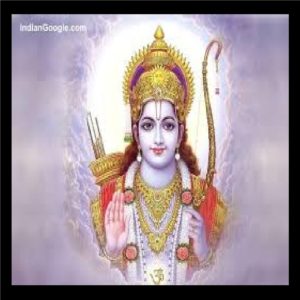
The literary and archaeological evidences supplement each other if we place the War at 1500 BCE. There is a profusion of literary narratives and archaeological evidences before this time; and a scarcity of literary narratives and archaeological evidences after this time. This suggests that the Mahabharata War may have taken place at c. 1500 BCE.
Indeed we find archaeological evidences of habitation in the Ganga Basin continuously from before 1500 BCE but we do not find evidence for the existence of grand cities like Kalibangan and Mohenjo Daro.
Archaeological Evidence May be Found:
Could archaeological evidence be yet unearthed at 3100 BCE? Mohenjo Daro was not known only 200 years ago. Similarly evidence of the War may be brought to light.There is a critical difference here. No one had looked for archaeological evidence of the Indus Valley 200 years ago. It was not known and was found when looked for. But we have looked extensively for archaeological evidence after 1500 BCE and not found the same. “Not looking” and “not finding” is different than “looking” and “not finding.” The argument of Mohenjo Daro does not apply because archaeological evidence was lying in the open and waiting to be discovered; while we have looked for and not found evidence before 3100 BCE.
The archaeological evidence, moreover, has to be found not only at 3100 BCE but from about 5000 BCE to 3100 BCE to explain the detailed literary narratives preceding the War.

Where is the Literary Evidence from the Indus Valley:
Let us assume for a moment that evidence is found from 5000 BCE to 3100 BCE and that matches with the Mahabharata War at 3100 BCE. The question would still remain: Have the grand cities of the Indus Valley disappeared without leaving any literary evidence?We, therefore, have two problems to explain if we place the Mahabharata War at 3100 BCE. How have the grand literary evidences before the War arisen without a supporting archaeological record; and how have the grand cities of the Indus Valley died without leaving a literary record?
Both these problems are resolved if we place the War around 1500 BCE by relying on those astronomical evidences that match with this approximate date.
Conclusion:
We have to arrive at a date for the Mahabharata War that is consistent both with the astronomical and archaeological evidences. We have multiple dates for the War from astronomical evidences. Among these it would be appropriate to pick a date that is around 1500 BCE when the Indus Valley Civilization collapsed. Indeed Bhatnagar has placed the War at 1793 BCE and Iyengar has placed the same at 1478 BCE. Thus, given the ambiguities in astronomical information, we may accept these dates rather than 3100 BCE.
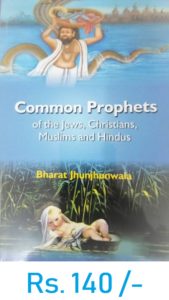
Visit our website: https://www.commonprophets.com/
For Videos: https://www.youtube.com/channel/UCN4sb3toJxNGPjmSubnwz_Q
For more information on the theory of Common Prophets, Please like my FB Page One God One 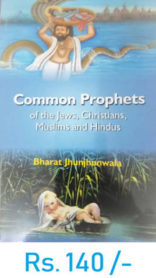 Religion, Subscribe my English channel One God One Religion, subscribe my Hindi Channel एक ईश्वर, and you may like to buy my book here.
Religion, Subscribe my English channel One God One Religion, subscribe my Hindi Channel एक ईश्वर, and you may like to buy my book here.

